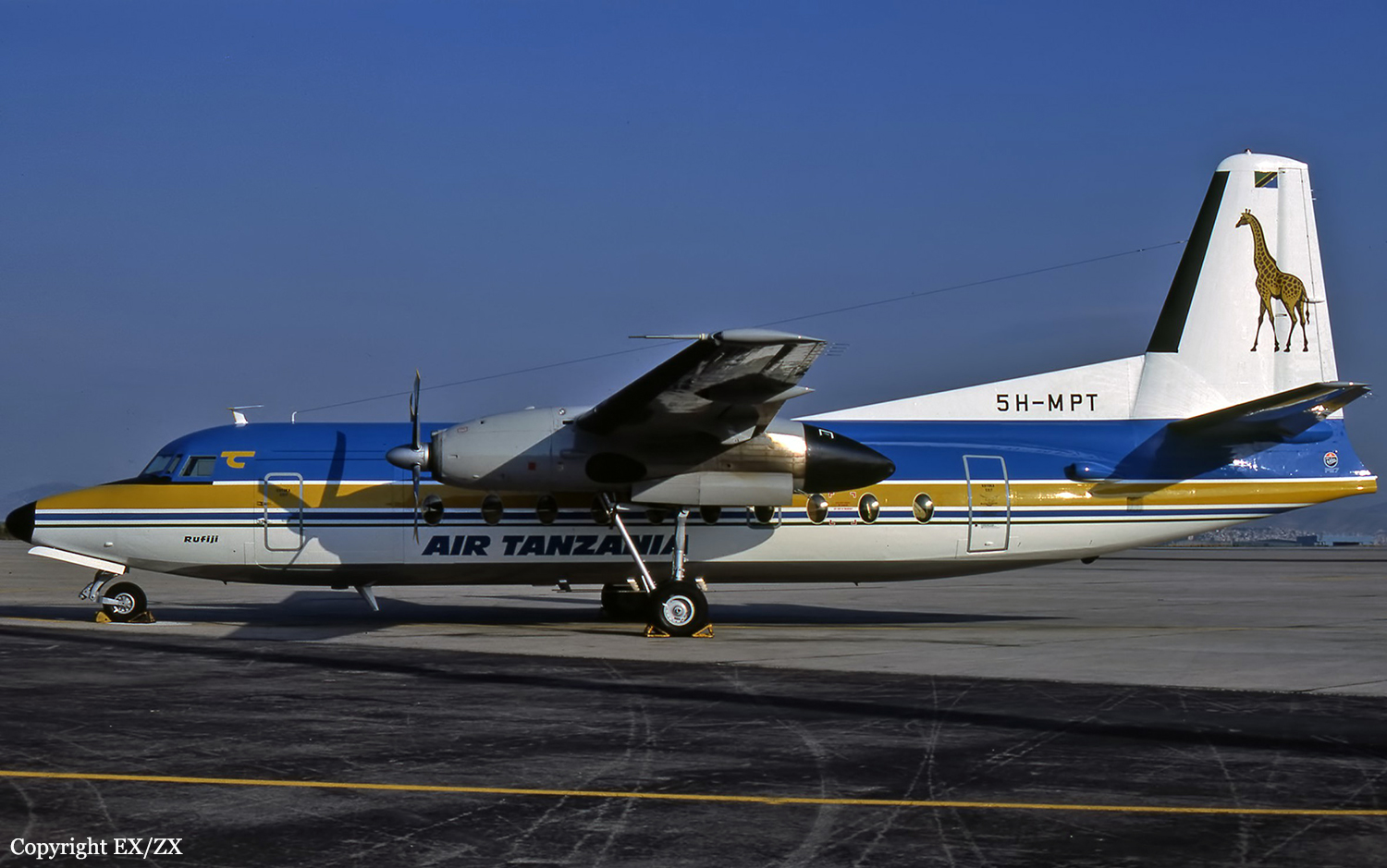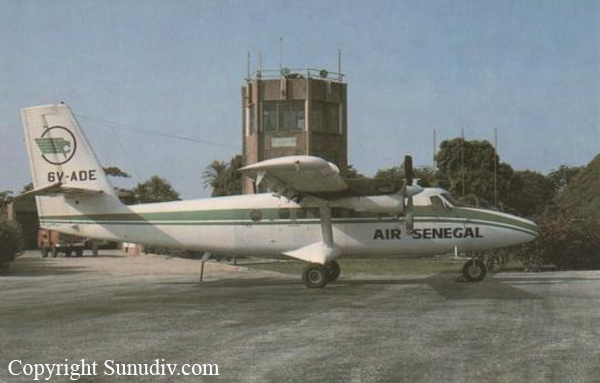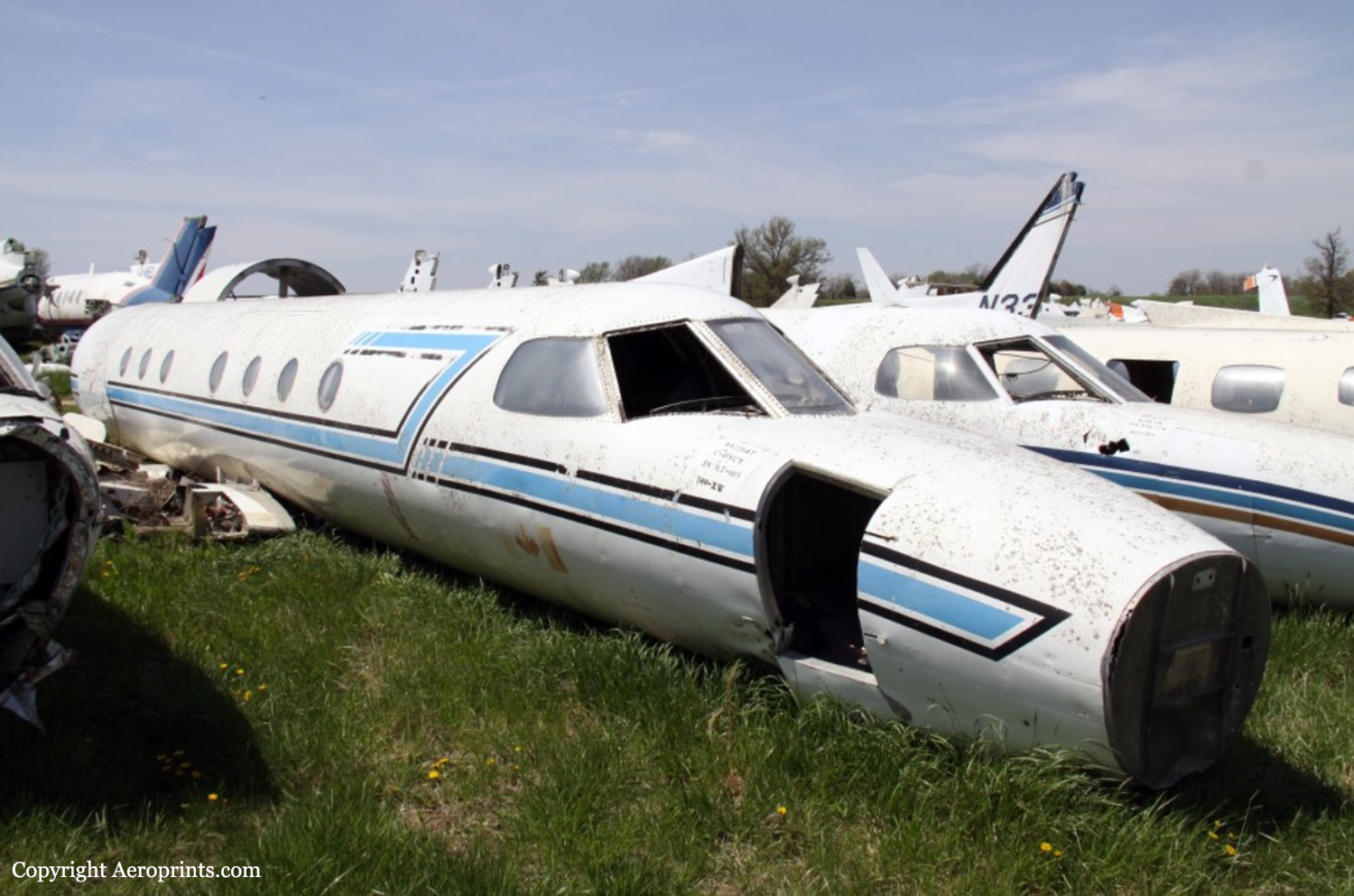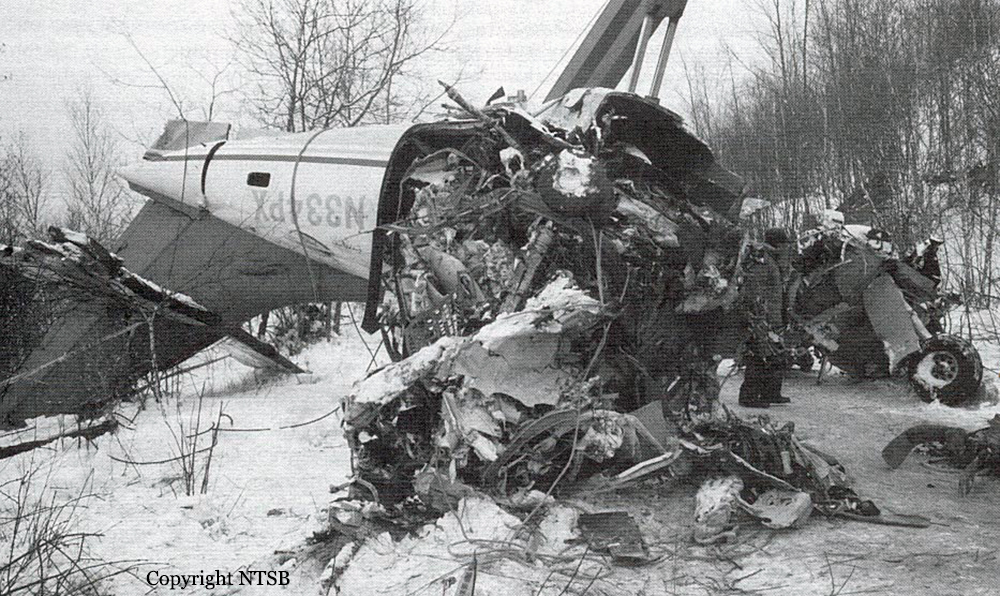Crash of an Antonov AN-8 in Yerevan
Date & Time:
Dec 13, 1993 at 0004 LT
Registration:
RA-13323
Survivors:
Yes
MSN:
0E3430
YOM:
1955
Crew on board:
5
Crew fatalities:
Pax on board:
3
Pax fatalities:
Other fatalities:
Total fatalities:
0
Aircraft flight hours:
14212
Aircraft flight cycles:
6676
Circumstances:
The crew was completing a night cargo flight to Yerevan. On final approach to Zvartnots Airport, at a speed of 180-190 km/h, the aircraft became unstable, lost height and struck the ground about 150 metres short of runway threshold with a positive acceleration of 4 g and crashed. All eight occupants escaped with minor injuries and the aircraft was damaged beyond repair.
Probable cause:
The accident was the consequence of the combination of the following factors:
- Poor approach planning,
- The crew failed to follow the approach pattern,
- Lack of captain's experience,
- The aircraft was unstable on approach,
- No corrective action on part of the crew,
- The crew positioned the throttle below flight idle, causing negative thrust and a loss of ground speed and altitude,
- Shortcomings in crew interactions expressed in the absence of control by the copilot about the throttle position during the late stage of flight,
- Failure of the crew to initiate a go-around procedure.
- Poor approach planning,
- The crew failed to follow the approach pattern,
- Lack of captain's experience,
- The aircraft was unstable on approach,
- No corrective action on part of the crew,
- The crew positioned the throttle below flight idle, causing negative thrust and a loss of ground speed and altitude,
- Shortcomings in crew interactions expressed in the absence of control by the copilot about the throttle position during the late stage of flight,
- Failure of the crew to initiate a go-around procedure.

















